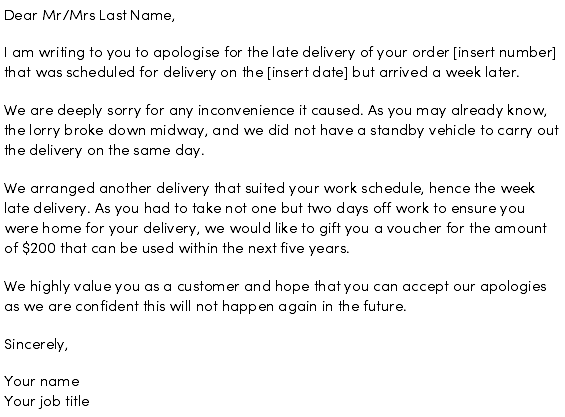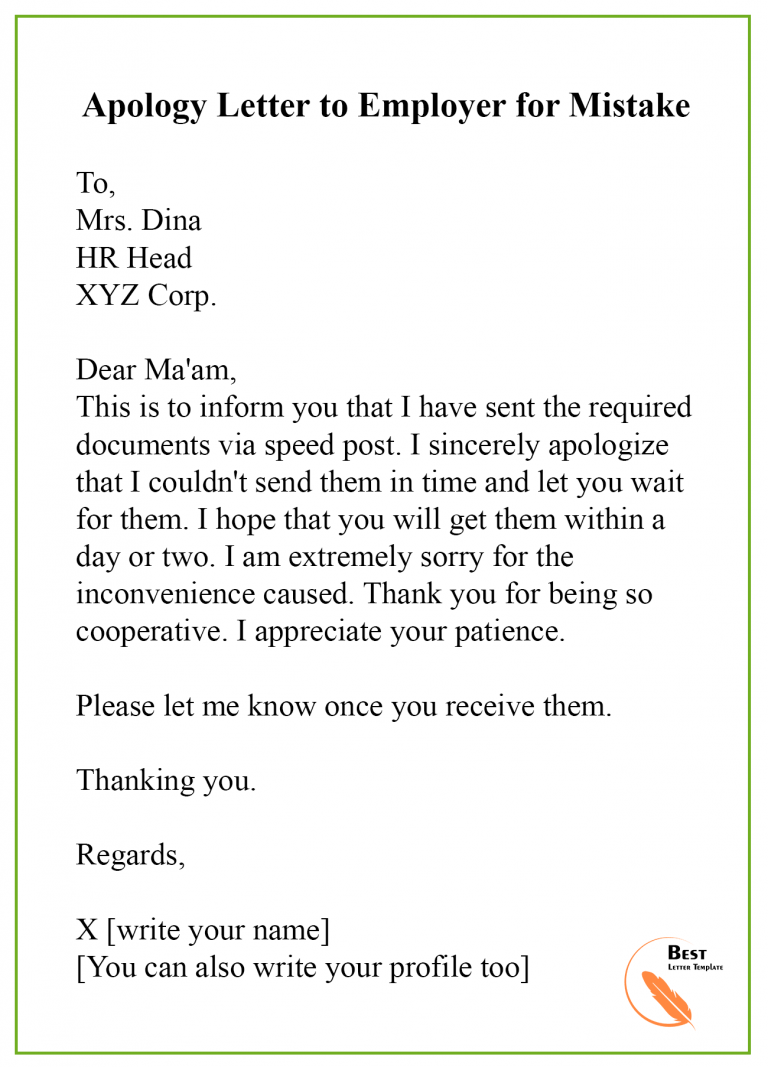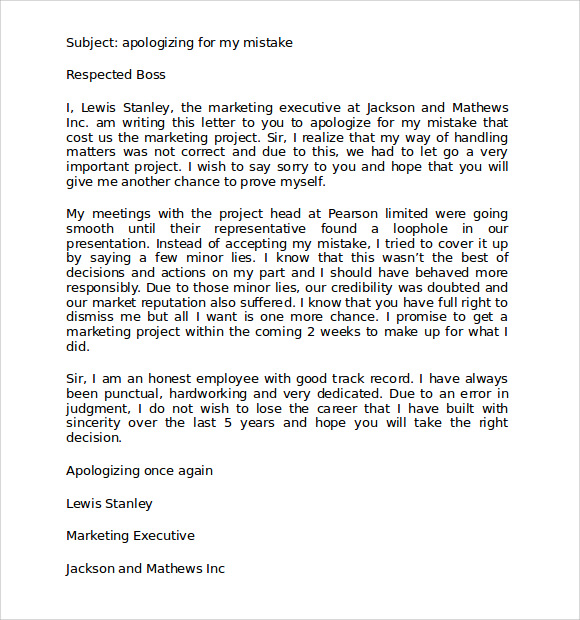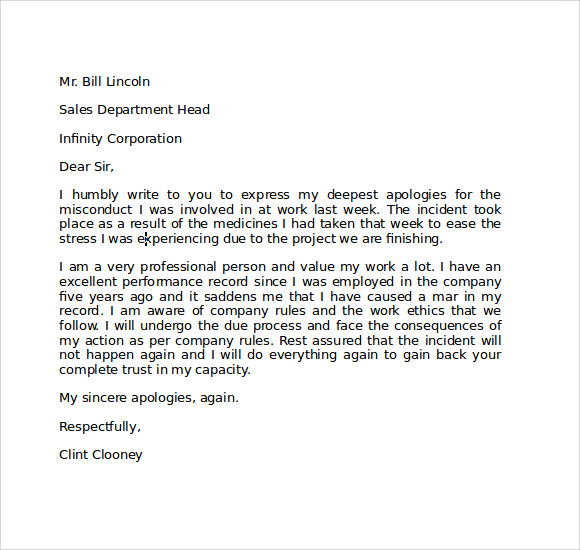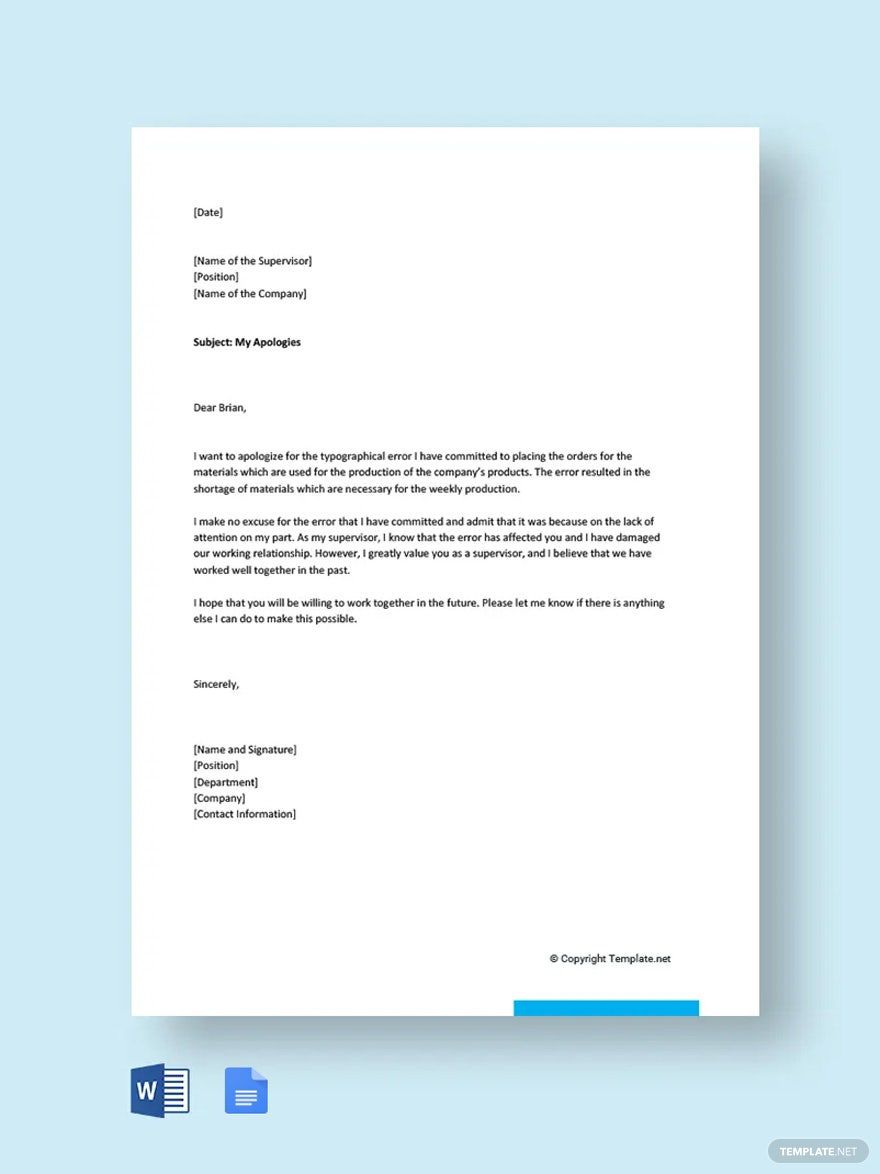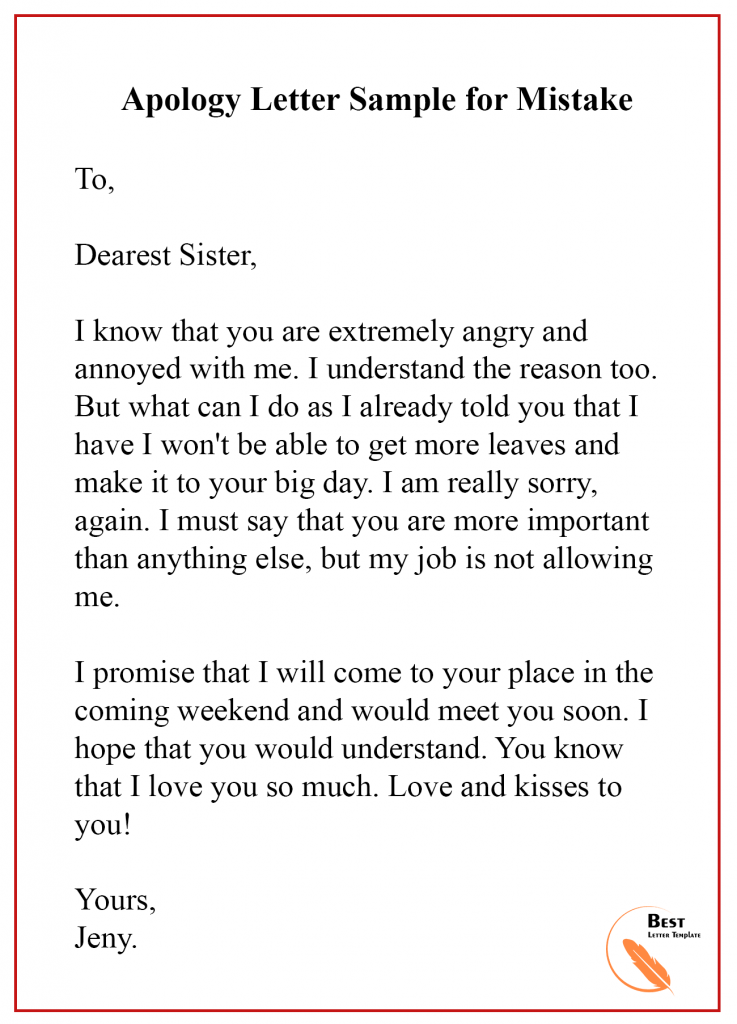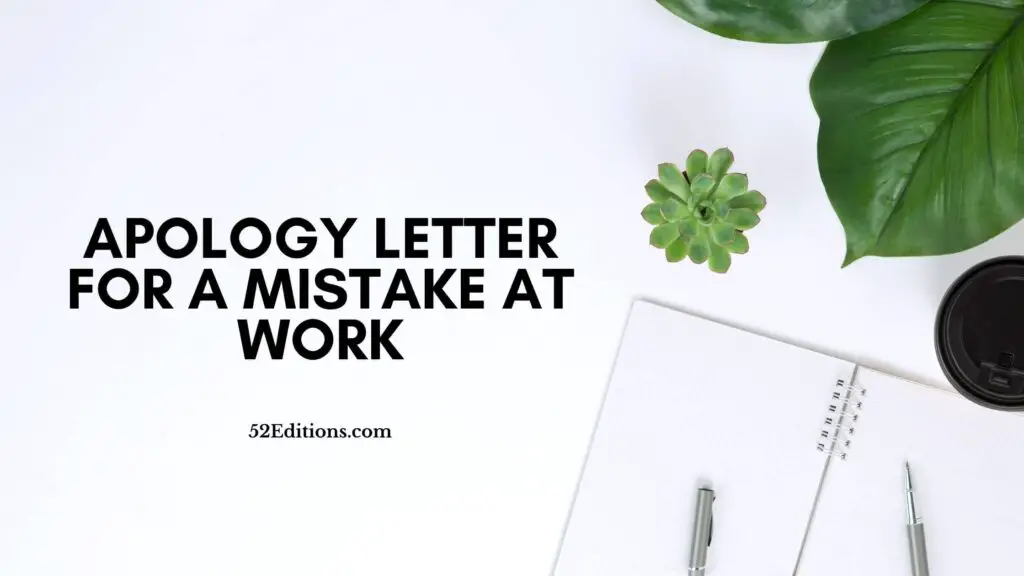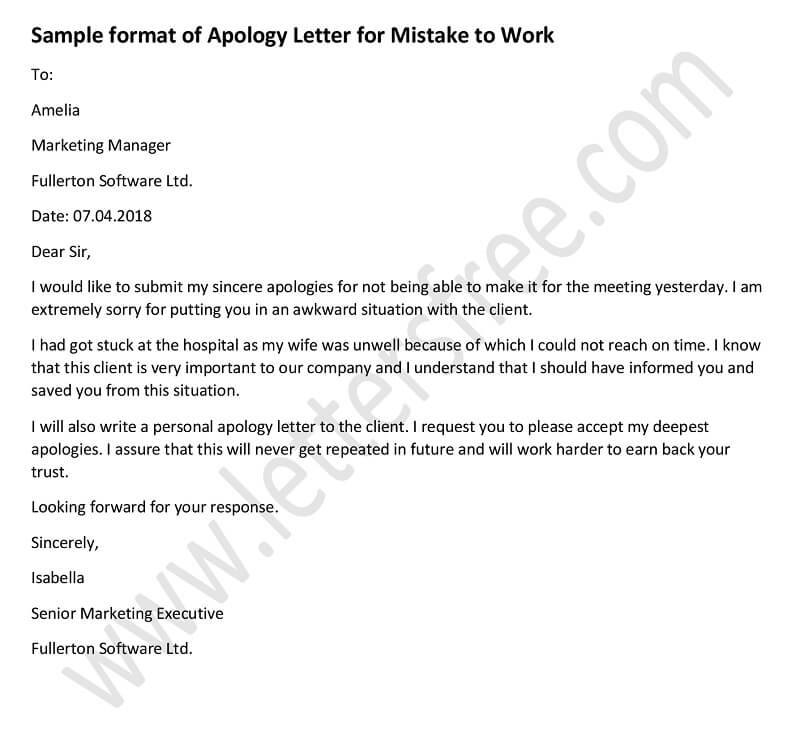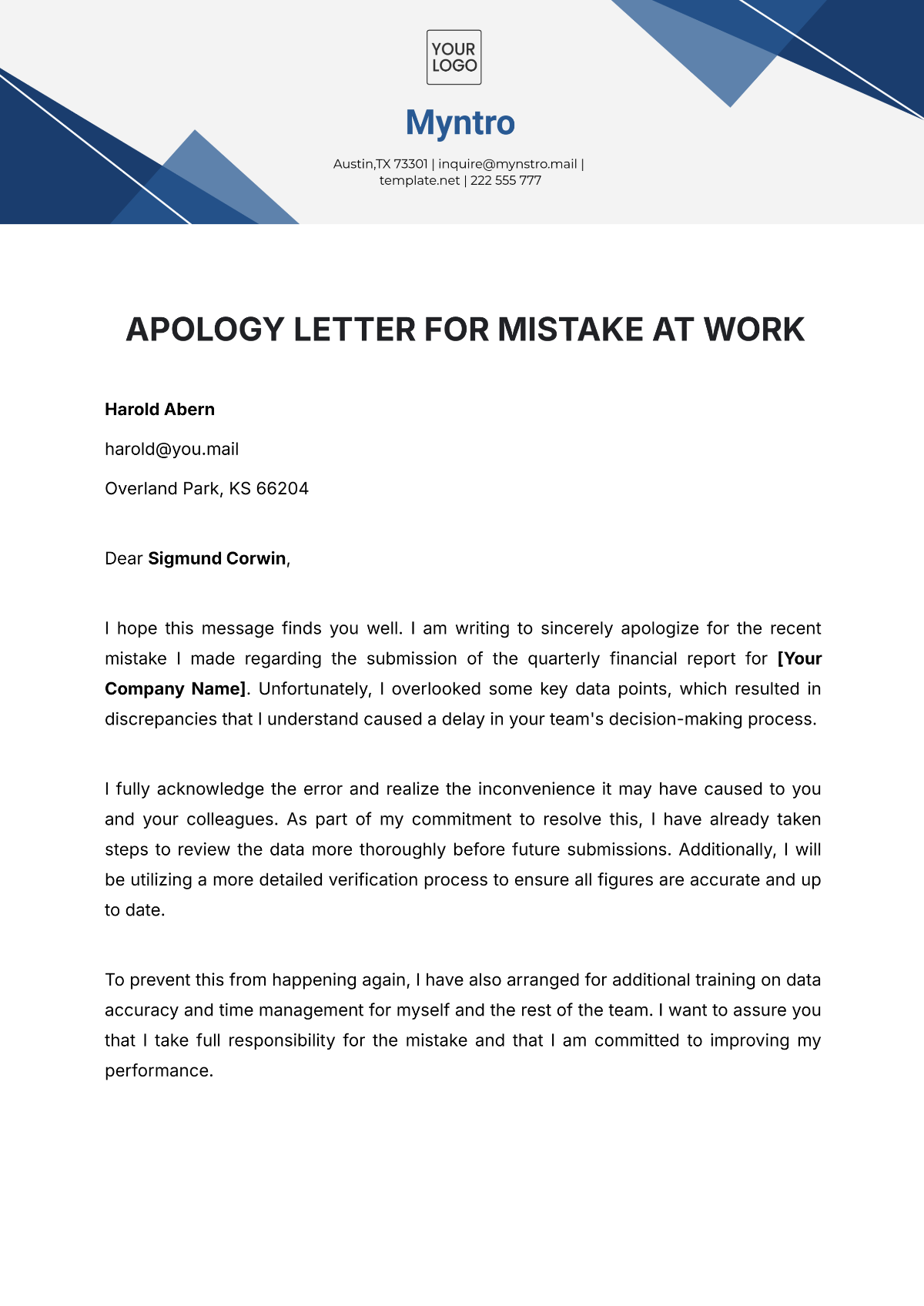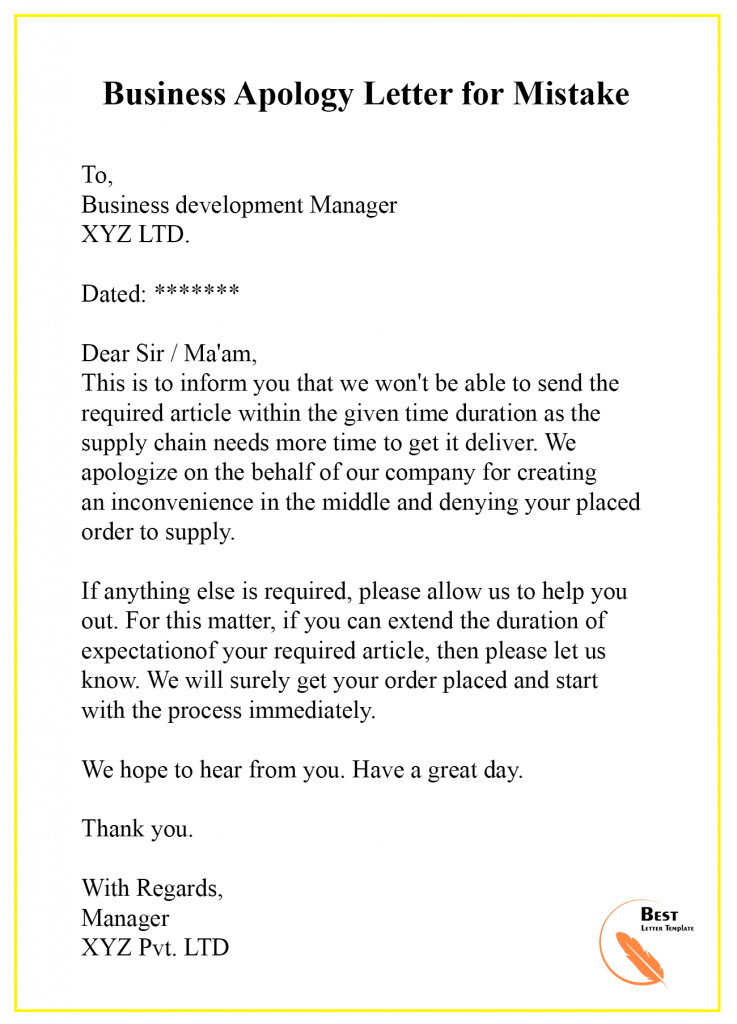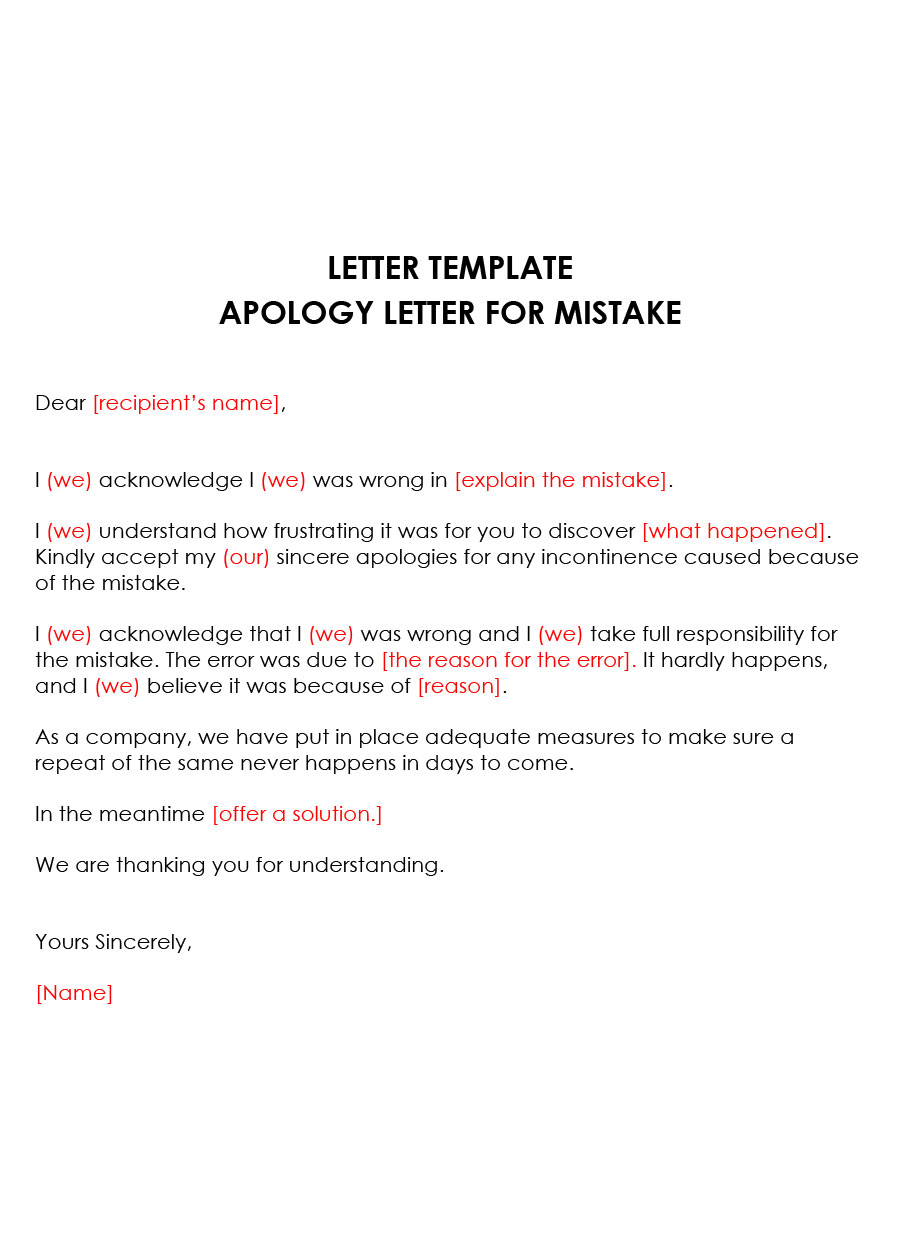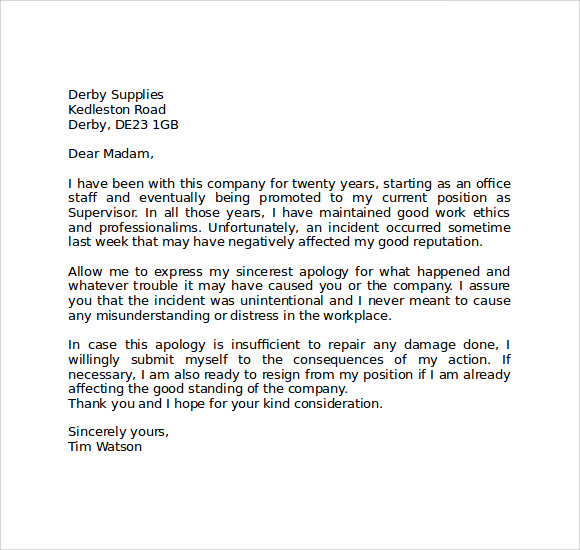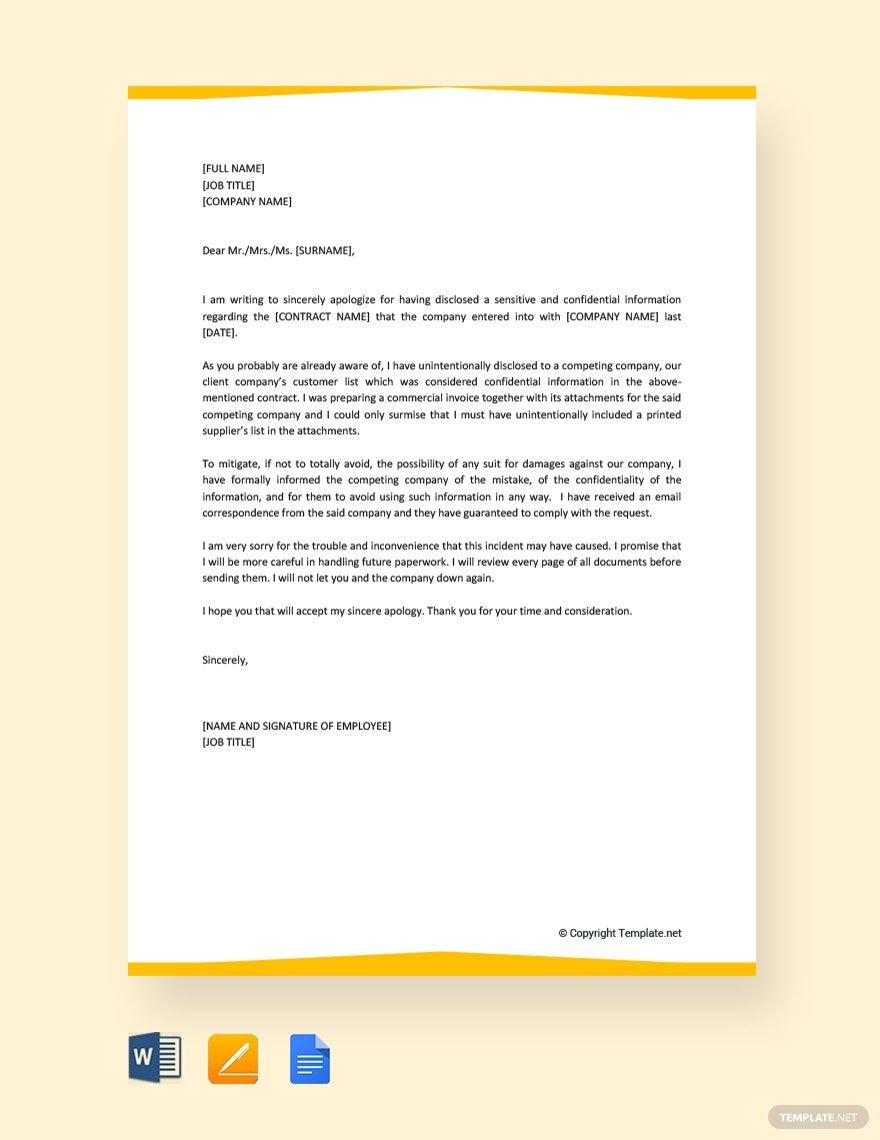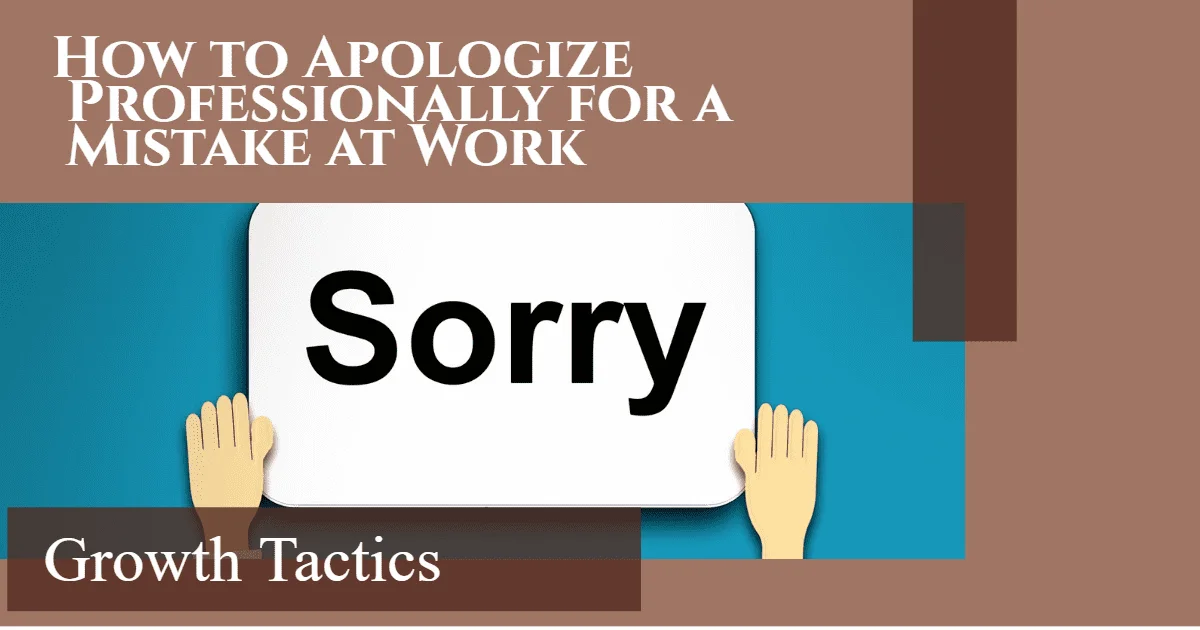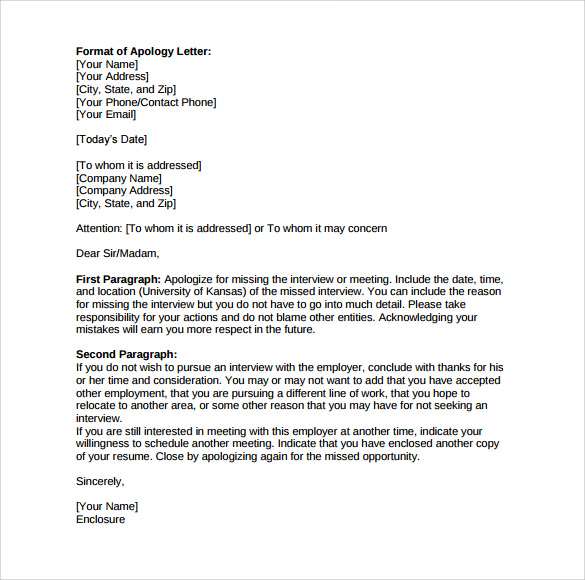How To Apologize For A Mistake At Work

The professional landscape is riddled with potential missteps. A missed deadline, a misinterpreted email, or a full-blown project failure can leave you scrambling for solutions. However, mastering the art of the apology isn't just about damage control; it's a vital skill that can preserve relationships, rebuild trust, and even enhance your professional reputation.
At the heart of effective workplace communication lies the ability to acknowledge errors and offer genuine remorse. This article will delve into the anatomy of a sincere apology, exploring the key elements and strategies for navigating difficult conversations and reclaiming your standing in the office.
The Anatomy of a Sincere Apology
A genuine apology goes beyond simply uttering the words "I'm sorry." It requires a structured approach that demonstrates understanding, accountability, and a commitment to prevent future occurrences. Harvard Business Review highlights the importance of taking ownership of your actions.
Acknowledge the Mistake
The first step is to clearly and concisely state the mistake you made. Avoid ambiguity or minimizing the impact of your actions. Being direct prevents misunderstandings and demonstrates that you fully understand the consequences of your error.
For example, instead of saying "I might have been unclear in my instructions," try "My instructions were unclear, which led to the confusion with the project deliverables." This direct acknowledgment shows responsibility.
Express Remorse
Sincerity is paramount. Your apology must convey genuine regret for the harm caused by your mistake. Avoid sounding insincere or robotic.
Use phrases like "I deeply regret" or "I am truly sorry for the impact this has had." According to a study published in the Journal of Applied Psychology, apologies that express genuine remorse are more likely to be accepted.
Take Responsibility
Blaming others or making excuses will only exacerbate the situation. Take full responsibility for your actions, even if other factors contributed to the error. A Harvard Law School Program on Negotiation study emphasizes the importance of accepting accountability.
Refrain from phrases like "If you hadn't..." or "It's not entirely my fault." Instead, focus on what you did wrong and own it completely.
Explain What Happened (Briefly)
While taking responsibility is crucial, briefly explaining the circumstances leading to the mistake can provide context. However, be careful not to sound like you're making excuses. Keep the explanation concise and factual.
For example, "Due to a miscommunication on my part, I missed the deadline for the initial report." Avoid going into unnecessary detail or blaming external factors.
Offer a Solution
A crucial component of a strong apology is proposing a solution to rectify the situation. This demonstrates a commitment to fixing the problem and minimizing the damage. Forbes highlights solution-oriented apologies as being particularly effective in restoring trust.
If possible, offer concrete steps you will take to correct the error. "I will work overtime to ensure the project is completed by tomorrow morning," is a better option than "I'll try to fix it."
Commit to Prevent Recurrence
Finally, assure the injured party that you will take steps to prevent similar mistakes in the future. This shows that you have learned from the experience and are dedicated to improving. Detail the steps you'll take to prevent similar situations from happening again.
This could include implementing new procedures, seeking additional training, or improving communication strategies.
Navigating Different Scenarios
The specific approach to an apology may need to be tailored based on the nature of the mistake and the individuals involved. Consider the specific context of the error.
Apologizing to a Supervisor
When apologizing to a supervisor, maintain a professional and respectful tone. Emphasize your commitment to your role and to the success of the team. Communicate proactively and demonstrate your willingness to learn from the mistake.
Apologizing to a Colleague
Apologizing to a colleague requires a more personal touch. Be empathetic and understanding of how your mistake impacted their work. Offer assistance to help them recover from the error.
Apologizing to a Client
Apologizing to a client requires careful consideration of the company's brand and reputation. Maintain a professional and apologetic tone. Offer compensation or discounts to make amends for the inconvenience. Always follow the company's guidelines for client communication.
The Power of Forgiveness and Moving Forward
An apology is not a guarantee of forgiveness, but it is an essential first step. Be prepared for the possibility that your apology may not be immediately accepted. Give the injured party time to process their emotions.
Ultimately, a sincere apology can be a powerful tool for rebuilding trust, preserving relationships, and enhancing your professional reputation. By taking responsibility for your actions and demonstrating a commitment to improvement, you can transform a mistake into an opportunity for growth.
By mastering the art of the apology, professionals can navigate challenging situations and cultivate stronger, more resilient working relationships. Embracing this skill allows for open communication and improved workplace dynamics.
